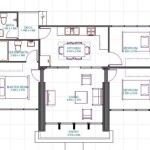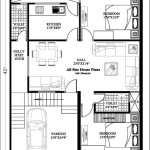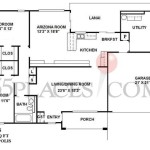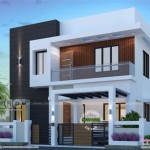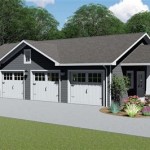Interactive 3D House Plans: Revolutionizing Home Design and Construction
Interactive 3D house plans represent a significant advancement in architectural design and construction planning. They offer a dynamic and immersive experience, moving beyond traditional 2D blueprints to provide a more comprehensive and understandable representation of a future home. This technology empowers clients, architects, and builders to visualize, explore, and modify designs with unprecedented ease and clarity.
Traditional 2D blueprints, while essential, can be challenging for non-professionals to interpret fully. Understanding the spatial relationships between rooms, visualizing the overall flow, and appreciating the impact of design choices can be difficult when relying solely on two-dimensional representations. Interactive 3D house plans address these limitations by providing a virtual walkthrough experience, allowing users to navigate through the future home as if they were physically present.
One of the key benefits of interactive 3D house plans is the enhanced communication they facilitate between clients and architects. Clients can articulate their vision more effectively, and architects can ensure that their designs accurately reflect the client's needs and preferences. The ability to visualize the design in three dimensions minimizes misunderstandings and ensures that everyone is on the same page from the outset.
The interactive element of these plans allows users to manipulate the model, exploring different perspectives, viewing furniture layouts, and experimenting with various design options. This empowers clients to make informed decisions about space utilization, lighting, and overall aesthetics. The ability to "walk through" the virtual home provides a realistic sense of scale and proportion, enabling a more accurate assessment of the design's suitability.
Beyond client-architect communication, interactive 3D house plans also offer substantial advantages for the construction process. Builders can use these models to gain a clearer understanding of the project's scope, identify potential construction challenges, and plan the build more efficiently. The 3D model serves as a detailed visual guide, minimizing errors and reducing the likelihood of costly rework.
The level of detail achievable in interactive 3D house plans is remarkable. Models can include not only the structural elements of the home but also interior design features such as furniture, fixtures, and finishes. This allows clients to visualize the completed project in its entirety, making more informed decisions about material selections and decorative elements.
Several software programs are available for creating interactive 3D house plans, ranging from professional architectural design software to more user-friendly options for homeowners. These programs vary in complexity and functionality, offering a range of features to suit different needs and budgets. Some programs allow for virtual reality integration, providing an even more immersive and realistic experience.
The cost of creating interactive 3D house plans can vary depending on the complexity of the project, the level of detail required, and the software used. While the initial investment may be higher than traditional 2D blueprints, the long-term benefits, such as reduced construction errors and improved client satisfaction, often outweigh the added cost.
The use of interactive 3D house plans is becoming increasingly prevalent in the construction industry. As technology continues to advance, these tools are likely to become even more sophisticated and accessible. The ability to visualize and interact with a future home in a virtual environment is transforming the way homes are designed, built, and experienced.
The accessibility of interactive 3D models extends beyond desktop computers. Many software programs offer mobile compatibility, allowing clients and builders to access and review plans on tablets and smartphones. This provides greater flexibility and facilitates on-site collaboration during the construction process.
Beyond visualization, some interactive 3D house plan software can generate accurate measurements and material takeoffs. This feature streamlines the estimation process, enabling builders to provide more accurate quotes and manage project budgets more effectively. The automated generation of these data points minimizes manual calculations and reduces the risk of errors.
The incorporation of building information modeling (BIM) into interactive 3D house plans further enhances their value. BIM integrates data related to building components, materials, and systems into the 3D model, providing a comprehensive and dynamic representation of the project. This facilitates better coordination between different disciplines involved in the construction process, such as architects, engineers, and contractors.
Interactive 3D house plans are not just a visualization tool; they are a powerful communication and collaboration platform that streamlines the entire design and construction process. They empower clients to actively participate in the design of their dream homes, enable architects to communicate their vision more effectively, and provide builders with the information they need to execute the project accurately and efficiently.
As the technology continues to evolve, the potential applications of interactive 3D house plans are expanding. Future developments may include integration with smart home technology, allowing users to simulate and control various home systems within the virtual environment. This could further enhance the design process and provide valuable insights into the functionality and performance of the future home.

Live 3d

Interactive Floor Plans The Best Way To Property Bluentcad

Interactive Floor Plan 3d Cost Virtual Tour

Live 3d

3dplans Com 3d Floor Plans Renderings

2d Floor Plan Archives Home3ds

Interactive Floor Plan 3d Cost Virtual Tour

3d Floor Plan Interactive Plans Design Virtual Tour 2d Site In

Photorealistic 3d Floor Plan Virtual Tour

Home Design Your House




